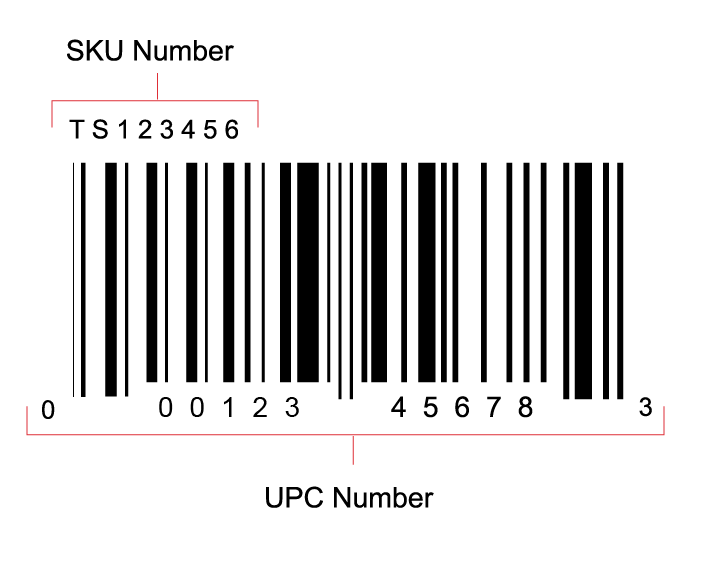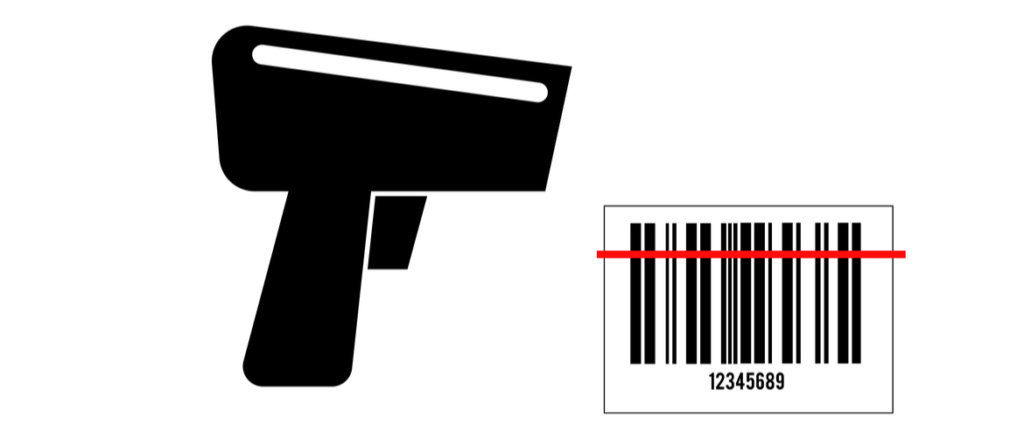Code sku: what it is and what it’s for
Are you looking for solutions to make your company more competitive? We have already talked on our blog about digitization, e-commerce and all the benefits-in terms of efficiency and competitiveness-that a digitized business gains.

Today we tell you about a specific solution: the SKU code. SKU code is the code used by companies to track products within their inventory.
With this solution, a business can have a detailed and comprehensive view of inventory, improve efficiency and shipping timelines, analyze sales trends, and suggest products to its e-commerce customers. In short, SKU code helps to work optimally and competently.
Let’s see what SKU code is and how it works, in detail.

What is a SKU code?
SKU code-an acronym for Stock Keeping Unit-is a unique sequence of characters and numbers associated with a product. It is used to track products within an inventory. It is not a universal code like a bar code, but is designed exclusively for in-house use.

https://www.lightspeedhq.co.uk/blog/sku-numbers/]
The sequence of characters usually refers to the main details of the product placed in order of importance according to the company’s needs: for example, the first position in the sequence may be occupied by characters that correspond to a price range, the second to gender, the third to size, the fourth to brand, and so on.
The SKU code can also identify the location of the item: that is, it communicates whether the product is in the warehouse or in the store, to give a simple example. So the same product could have multiple SKU codes depending on the location it may occupy within the company.
In brief:
- SKU code is an alphanumeric sequence associated with a product.
- SKU code is not universal but used within the company
- SKU code is unique within the company.
- The same product may have multiple SKU codes associated with its location during its lifetime.
How is a SKU code used?
The SKU code is used extensively by ecommerce companies-we will see why later when discussing the benefits-but in general it provides a very detailed and comprehensive view of inventory, going down to the minimum unit of sale.

Let’s take an example: following the structure above, the SKU code of a red Nike sweatshirt in size small stocked in Los Angeles might be N-RED-SM-1.
The structure of the SKU code is then at the discretion of the company. Before creating one, you should reason about what is useful to track and in what order of importance. If customers often ask you about color, you can put this parameter among the first few positions in the sequence so as to give a quick and timely response, for example.
The length of the code then is based on the size of the inventory. If it is very small and single-brand, for example, it might be useful to track only the product type and little else, and the SKU code might be structured as follows:
Type-Size-Color
Here is some other useful product information to be identified by SKU code:
- Color
- Size
- Genus
- Price
- Style
- Brand
- Item number
- Category code
- Warehouse
In Brief:
- SKU code depends on the strategic vision of the company and its needs. If you have the opportunity to create a SKU code structure from scratch, take your time and think through how best to implement it.
- The complexity and length of the SKU code is based on the size of the inventory.
How to create a SKU code.
If you have minimal inventory, you can create SKU codes manually-helping yourself with Excel spreadsheets-or with an online code generator. If, on the other hand, things are more complicated-a business with thousands of products spread across several warehouses and stores-it is always best to assign SKU codes through a POS, the system used by businesses to handle sales transactions.
Here are some helpful tips on how to create a SKU code:
- Keep the code between 8 and 12 characters.
- Never start with a zero. It could cause errors during scanning.
- Avoid letters that can be confused with numbers. Therefore, do not use the letter O, the letter I.
- Include only strategically useful information in the SKU code.
- Make the format understandable if possible. For example, if you sell PC keyboards, TAS101 may indicate the wired keyboard, TAS102 the wireless one.
Difference between SKU code and UPC code.
One of the most common mistakes is to confuse the SKU code with other codes on the product, such as the Universal Product Code (UPC) bar code. But the two codes are quite different. Let’s see why:

SKU code Bar code (UPC)
Consists of letters and digits Consists of digits and a bar code
Has a variable length Has 12 digits
Is an internal company code, used to keep track of inventory Is universal, managed by an international standard
Identifies certain product characteristics, chosen at the company’s discretion Identifies product and manufacturer
It is free It is chargeable
Therefore, it is good not to confuse the two types of code and make sure that they are not the same.
Benefits of SKU code for the company
- Monitor inventory accurately: through good use of SKU codes you can optimize inventory and stock. For example, you can much more easily monitor whether a particular product category is running low and order it in advance. Or move products from the warehouse to the shelves before they become empty.
- Monitor trends: using data allows you to understand which products are selling the most. This information is very useful: you can enhance these products even more or set up marketing campaigns to push less popular products–before deciding whether to permanently remove them from your inventory. In general, the use of data–collected and analyzed through SKU codes–enables you to respond more readily to market fluctuations.
- More efficient shipping and logistics: the SKU code allows you to know very quickly where certain products are and where you need them instead. By cross-referencing this type of information, it is easier to organize shipments and goods movements in a more efficient, economical and sustainable manner.
- Purchase recommendations to the e-commerce customer: if you sell online, the SKU code allows the system to automatically recommend potentially interesting products or let them find what they are looking for. In general, SKU codes are a very important building block for online sales on e-commerce channels.

In short, the use of SKU code is a practical example of how to digitize your business-even a small or medium-sized one-to make it more competitive and ready to face market challenges.
Are you ready to use it?

